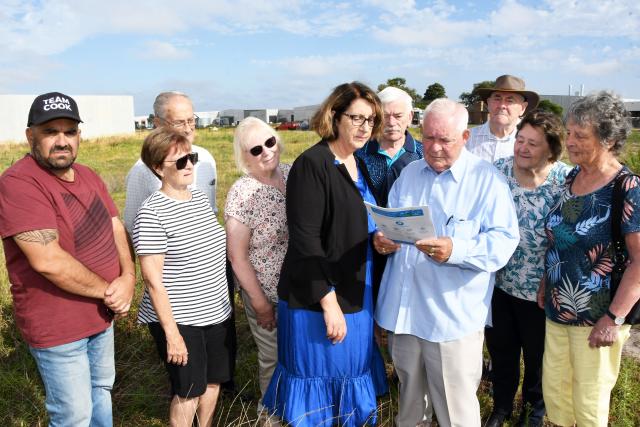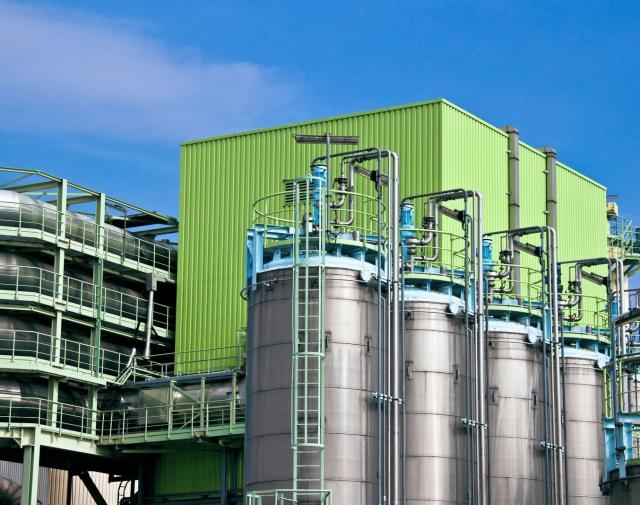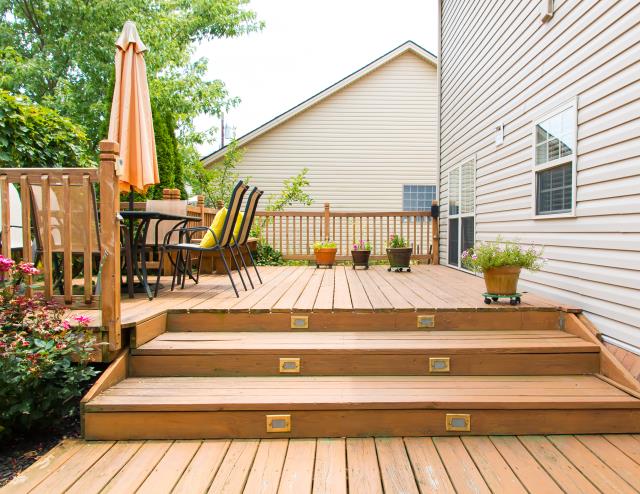Hundreds of retirement village residents are taking their fight against a second waste-to-energy plant in Dandenong South to the Planning Minister.
Willow Lodge Village residents say they are ‘sandwiched’ between the proposed South East Energy Recovery Facility (SEERF) at 845 Taylors Road and a similar facility set to be built in Ordish Road.
The $250 million SEERF, near the Lyndhurst toxic-waste landfill, would generate 25 megawatts of “renewable” electricity by incinerating about 242,000 tonnes of mainly industrial and commercial waste a year.
Willow Lodge Village Residents Association argues that the plants’ “odours, gases and fine dust” will compound the health issues of its 550 residents aged up to 90-plus years.
“The committee does not oppose the building of the waste-to-energy facility per se, but situating two … so close together is, we believe, unprecedented,” it stated in a letter to Planning Minister Sonya Kilkenny.
“(It) will compound the traffic, noise, emission and hazard issues for the residents of Willow Lodge, the wider Bangholme community and the surrounding areas.”
According to proponent Equis Environmental Projects, the SEERF would divert “residual” waste from increasingly scarce landfill sites.
It will result in “net negative” greenhouse gas emissions, saving nearly 142,000 tonnes of carbon dioxide-equivalent gases a year, a spokesperson said.
“The facility will operate during periods when renewable energy generation is weakest and thereby help stabilise expensive power pricing periods.”
The project would create about 100 jobs during construction as well as 30 ongoing.
The SEERF permit will not be decided by Greater Dandenong Council, but instead by Ms Kilkenny, who is also the local MP.
According to the Government, the Planning Minister decides on permits for facilities that generate 1 megawatt or more of energy output.
Councillor Rhonda Garad said Greater Dandenong was “set to become the rubbish burning capital of the South East and we don’t even get a say in the matter”.
“Burning of waste is not aligned with a circular economy as it destroys raw materials that cannot be reused. In addition, it produces toxic by-products.
“There are no safe levels of dioxins and furans which are known to cause a range of health problems including respiratory and heart disease.
“Burning waste is also very carbon intensive which contributes to climate change.
“Denmark underestimated the amount of carbon its waste-to-energy plants produced and missed their Kyoto targets as a result.”
Mayor Eden Foster said the council was set to discuss its position.
“We could lobby the State Government to look at this project elsewhere.
“We’re quite hesitant about this coming up in our municipality but unfortunately it’s out of our hands.”
Ward councillor Jim Memeti says he doesn’t support the project – or the entire heavy-industry 2 zone – being so close to homes in Dandenong South and Lyndhurst.
“Why do we as residents have to face these uncertain risks – if it’s dangerous to health, we might not know until many years later.
“I don’t have anything against waste-to-energy, just not in our backyard or near our residents.”
An Equis spokesperson said the plant was “carefully designed” for the only state-significant industrial precinct in South-East Victoria, and to respond to an “acute” shortage of waste disposal options from 2027-’28.
The region’s main landfill site in Hallam Road is set to close within several years.
“Other alternatives, such as transporting waste to other existing landfill sites elsewhere in the city, would likely increase local waste disposal costs and disruptive transporting and as an environmental impact.
“The shift to a (waste-to-energy facility) versus landfill also reduces soil contamination, groundwater contamination, noise pollution, dust pollution, odour and greenhouse gas emissions.”
The SEERF’s “state of the art” technology would also exceed Australian emissions standards, and meet EPA and European emissions standards.
“The proposed SEERF will employ the same technologies as the Amager Bakke – an Energy from Waste facility located less than 2 kilometres from the Danish royal palace, in the heart of Copenhagen, Denmark.”
Air monitoring would occur at the facility, with results provided to the EPA and publicly reported, the Equis spokesperson said.
The residual waste ash would be treated and turned into products such as road base and construction materials.
Greater Dandenong city planning director Jody Bosman said the council would make a submission to Ms Kilkenny.
“Council officers are at the early stages of assessment and have not yet formed a view on the application or the recommendations it will make to Council.
“This proposal is an example of new waste solutions and technology Councils across the state will have to consider in the years ahead.
“Greater Dandenong City Council will always advocate in the best interests of our local residents.”
A Government spokesperson said the Department of Transport and Planning had been consulting with the City of Greater Dandenong.
“A planning decision will be made after thorough consideration.”
The proximity of the facility to nearby residents and workers was a “key consideration” for the permit application, the spokesperson said.
The project also requires approval by the Environment Protection Authority Victoria.
EPA Victoria permissioning and development director Con Lolis said the public would be invited to make submissions ahead of the EPA decision.
If the project goes ahead, EPA licences would cover limits to noise, dust, odour and other emissions, pollution-control equipment and procedures, and monitoring and reporting requirements, he said.








